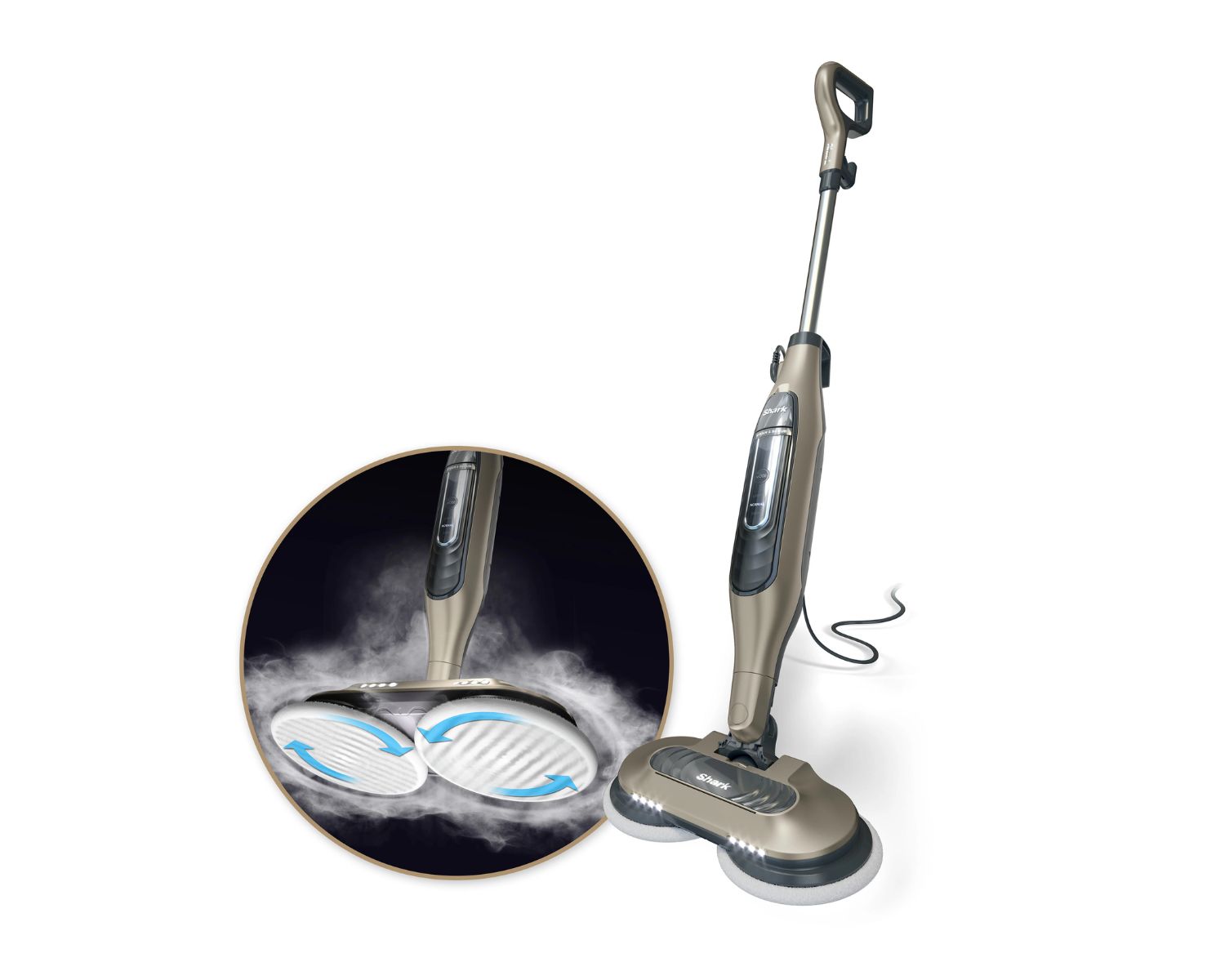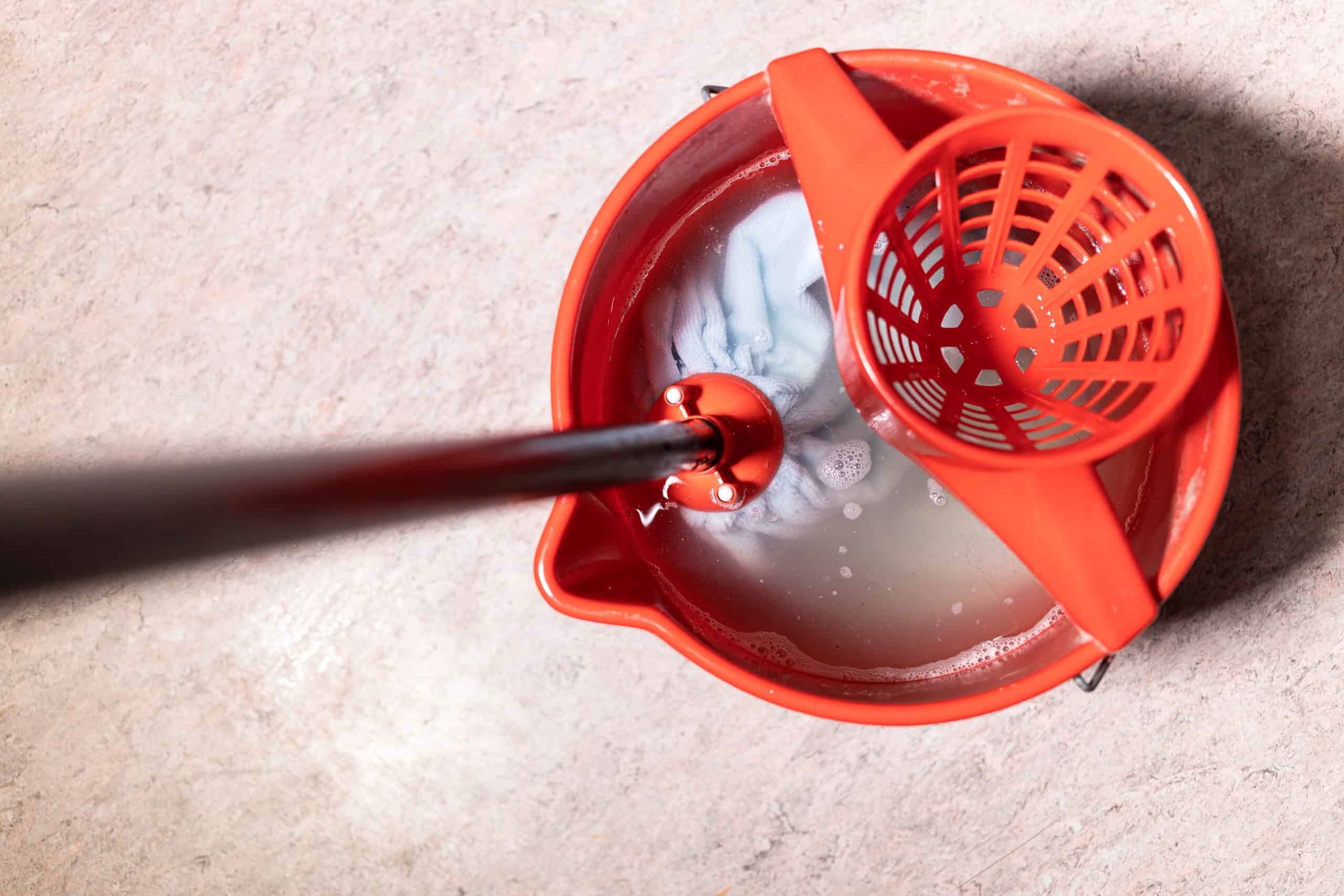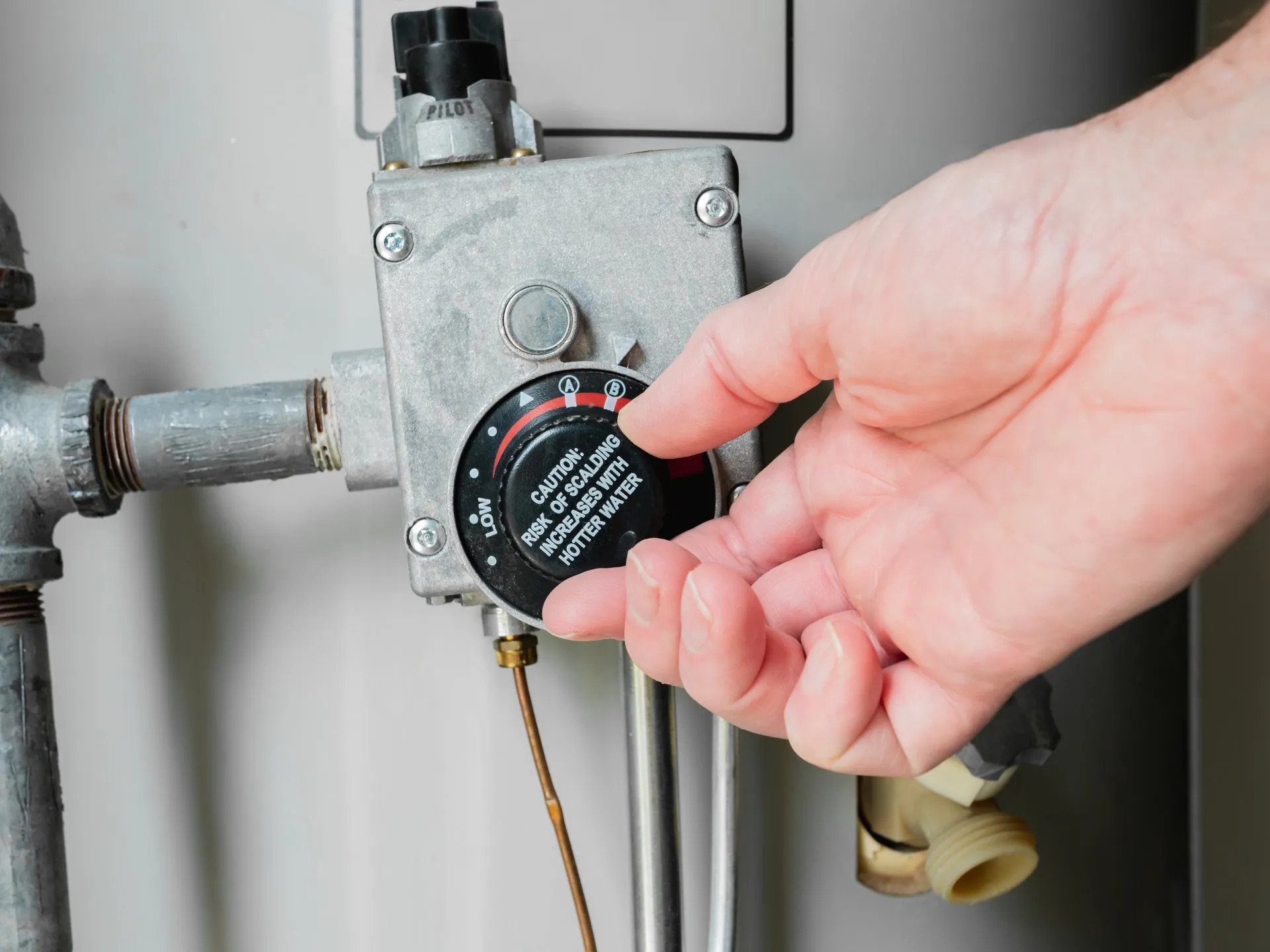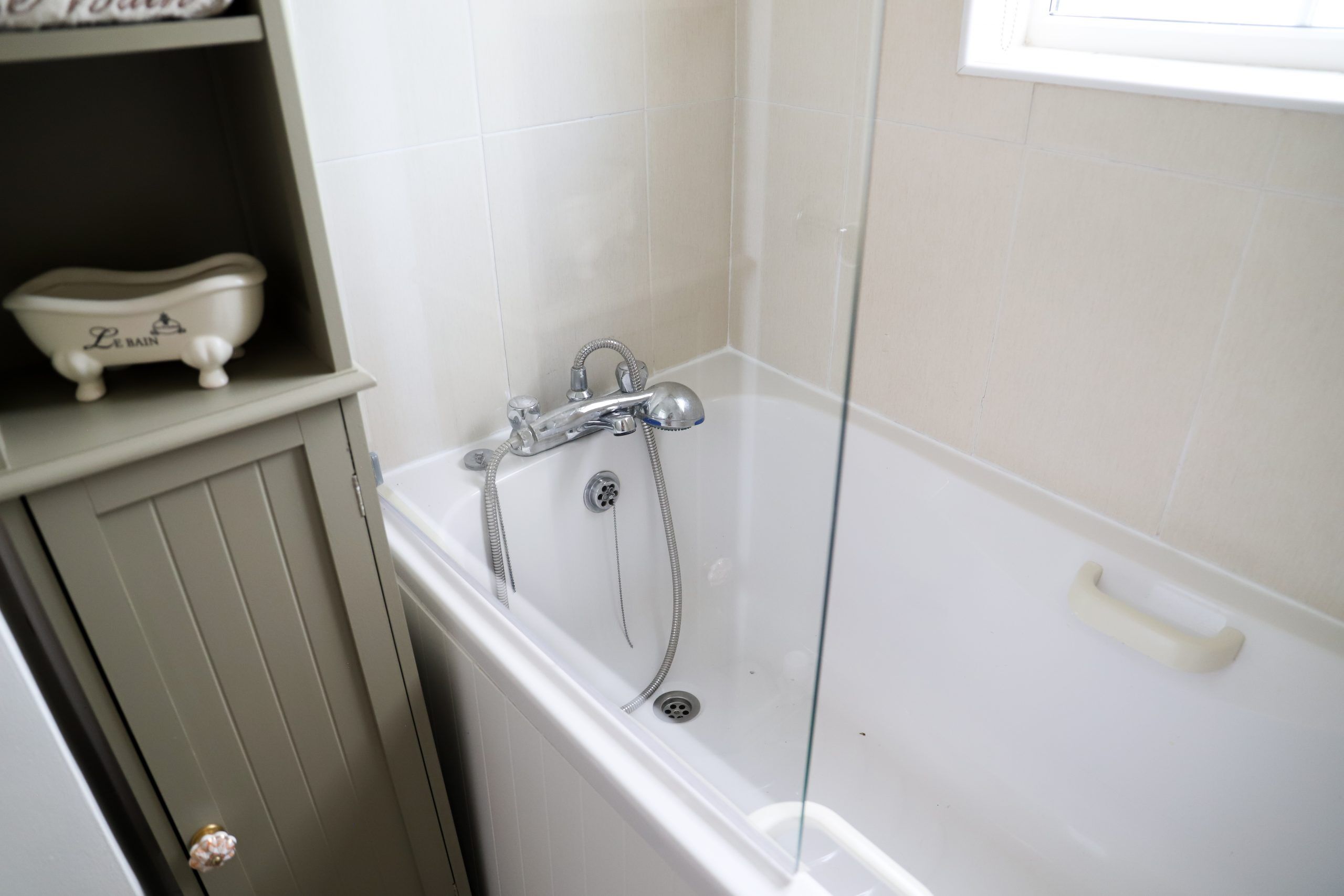Home>Home Appliances>Cleaning Appliances>How To Mop Up Water


Cleaning Appliances
How To Mop Up Water
Modified: November 1, 2024
Learn effective techniques for cleaning up water spills with our expert tips and advice on using cleaning appliances. Keep your home dry and safe with our helpful guidance.
(Many of the links in this article redirect to a specific reviewed product. Your purchase of these products through affiliate links helps to generate commission for Storables.com, at no extra cost. Learn more)
Introduction
Welcome to the comprehensive guide on how to effectively mop up water. Whether you’re dealing with a small spill or a larger water-related mishap, knowing the proper techniques for cleaning up water is essential for maintaining a clean and safe environment in your home or workplace. This guide will walk you through the step-by-step process of assessing the situation, gathering the necessary supplies, mopping up the water, drying the affected area, and implementing measures to prevent future water damage.
Water spills and leaks can occur for various reasons, such as plumbing issues, appliance malfunctions, or accidental spills. Regardless of the cause, it’s crucial to address the situation promptly to prevent potential damage to flooring, furniture, and other belongings, as well as to mitigate the risk of mold and mildew growth.
By following the tips and techniques outlined in this guide, you’ll be equipped with the knowledge and skills to tackle water cleanup tasks effectively and efficiently. Let’s dive in and explore the best practices for mopping up water and safeguarding your living or working space from the detrimental effects of water damage.
Key Takeaways:
- Act promptly to mop up water and prevent mold growth. Assess, gather supplies, mop, dry, and prevent future damage for a clean and safe environment.
- Equip yourself with absorbent materials, mops, and cleaning solutions to effectively mop up water and prevent potential damage and mold growth.
Read more: How Often To Change Mop Water
Assessing the Situation
When faced with a water-related incident, the first step is to assess the severity of the situation. This involves determining the extent of the water damage, identifying the source of the water, and evaluating any potential safety hazards. Here’s how to effectively assess the situation:
- Evaluate the Extent of the Water Damage: Begin by assessing the area affected by the water. Determine whether it’s a small spill that can be easily managed or a larger leak that requires immediate attention. Take note of any visible signs of damage to flooring, walls, or furniture.
- Identify the Source of the Water: It’s essential to pinpoint the source of the water, especially if it’s a result of a plumbing issue or a malfunctioning appliance. If the water is coming from a burst pipe, overflowing sink, or a malfunctioning washing machine, it’s crucial to address the source to prevent further water accumulation.
- Check for Safety Hazards: Assess the area for any potential safety hazards, such as electrical appliances or exposed wiring that may pose a risk due to the presence of water. If there are electrical hazards, it’s important to exercise caution and, if necessary, turn off the power supply to the affected area before proceeding with the cleanup.
By thoroughly assessing the situation, you’ll gain a clear understanding of the scope of the water damage and be better prepared to take the appropriate steps to address the issue effectively and safely.
Gathering the Necessary Supplies
Before initiating the water cleanup process, it’s essential to gather the necessary supplies to ensure a thorough and efficient cleanup. Having the right tools and materials on hand will enable you to tackle the task with precision and effectiveness. Here’s a comprehensive list of supplies you’ll need for mopping up water:
- Absorbent Materials: Stock up on absorbent materials such as clean towels, microfiber cloths, or absorbent pads to soak up the water. These materials will aid in removing excess water from surfaces and minimizing moisture accumulation.
- Buckets and Mops: Have a few sturdy buckets and mops readily available for the cleanup process. The buckets can be used for collecting and disposing of the extracted water, while the mops are essential for wiping and mopping the affected areas.
- Wet/Dry Vacuum: If you have access to a wet/dry vacuum, it can be incredibly useful for extracting large volumes of water from carpets, floors, and upholstery. This powerful tool expedites the water removal process, especially in the case of significant spills or flooding.
- Cleaning Solutions: Depending on the nature of the water spill, you may need appropriate cleaning solutions such as mild detergent, disinfectant, or specialized cleaners for specific surfaces. These solutions aid in sanitizing and deodorizing the affected area.
- Protective Gear: Equip yourself with protective gear, including rubber gloves, rubber boots, and, if necessary, a face mask, especially when dealing with contaminated water or potentially hazardous conditions.
- Air Circulation Tools: Consider using fans, dehumidifiers, or open windows to facilitate air circulation and expedite the drying process. Proper ventilation is crucial for preventing mold and mildew growth after water cleanup.
By assembling these essential supplies, you’ll be well-equipped to address the water cleanup task effectively, minimize potential damage, and restore the affected area to its pre-spill condition.
Mopping Up the Water
Once you’ve assessed the situation and gathered the necessary supplies, it’s time to initiate the water cleanup process. Mopping up the water requires a systematic approach to ensure thorough removal and effective drying. Follow these steps to efficiently mop up the water:
- Start with Absorbent Materials: Use clean towels, microfiber cloths, or absorbent pads to blot and soak up as much water as possible from the affected surfaces. Press down firmly to maximize water absorption.
- Utilize Mops and Buckets: If the water spill covers a larger area, employ mops to absorb and remove excess water. Wring out the mop into a bucket and continue mopping until the surface is relatively dry. Change the water in the bucket as needed to maintain effectiveness.
- Address Carpeted Areas: For water-soaked carpets, utilize a wet/dry vacuum to extract the water. Run the vacuum over the carpet in overlapping strokes, ensuring thorough water removal. Repeat the process until minimal moisture remains.
- Sanitize and Deodorize: If the water spill involves potentially contaminated water, use appropriate cleaning solutions to sanitize the affected area. Diluted bleach or specialized disinfectants can help eliminate bacteria and odors. Follow product instructions and safety guidelines when using cleaning solutions.
- Focus on Hard-to-Reach Areas: Pay attention to corners, crevices, and areas with restricted airflow. Use absorbent materials and targeted drying techniques to address these spots, preventing moisture buildup and potential mold growth.
Throughout the mopping process, ensure that the extracted water is promptly disposed of in a suitable drainage area. Additionally, monitor the progress of water removal to identify any areas requiring additional attention.
By meticulously mopping up the water and employing appropriate cleaning measures, you’ll effectively mitigate the impact of the water spill and pave the way for the subsequent drying phase.
Use a mop or towels to soak up the water. Start from the edges and work towards the center to avoid spreading the water. Wring out the mop or towels as needed to remove excess water.
Drying the Area
Once the water has been effectively mopped up, the next critical step is to thoroughly dry the affected area to prevent residual moisture from causing further damage. Proper drying techniques are essential for averting mold growth, preserving structural integrity, and restoring the space to its pre-spill condition. Follow these steps to ensure comprehensive drying of the area:
- Maximize Air Circulation: Open windows and doors to promote air circulation and facilitate the evaporation of residual moisture. If weather conditions permit, natural ventilation can significantly expedite the drying process.
- Utilize Fans and Dehumidifiers: Position fans strategically to direct airflow towards the damp areas. Additionally, employing dehumidifiers can aid in extracting excess moisture from the air, accelerating the drying process and reducing humidity levels.
- Focus on Carpets and Upholstery: For water-affected carpets and upholstery, continue using a wet/dry vacuum to extract remaining moisture. After vacuuming, elevate furniture legs and utilize fans to expedite the drying of these items.
- Monitor the Drying Progress: Regularly assess the moisture levels in the affected area using moisture meters or by physically checking for dampness. Pay particular attention to hidden or enclosed spaces where moisture may linger, such as behind baseboards or within wall cavities.
- Allow Sufficient Drying Time: Be patient and allow the area to dry thoroughly before restoring furniture, rugs, or other items. Rushing the drying process can lead to persistent moisture issues and potential mold development.
Throughout the drying phase, it’s crucial to remain vigilant and thorough in ensuring that all surfaces and materials are completely dry. By diligently implementing these drying techniques, you’ll effectively mitigate the risk of long-term water damage and create a conducive environment for the subsequent restoration of the affected area.
Read more: How To Set Up Water Pump
Preventing Future Water Damage
After successfully addressing a water spill or leak, implementing preventive measures is essential to safeguard your living or working space from potential water-related incidents in the future. By taking proactive steps to prevent water damage, you can minimize the risk of costly repairs, structural deterioration, and the growth of mold and mildew. Here are key strategies for preventing future water damage:
- Maintain Plumbing Systems: Regularly inspect and maintain your plumbing systems, including pipes, faucets, and water supply lines. Address any leaks, drips, or signs of corrosion promptly to prevent potential water damage from plumbing issues.
- Install Leak Detection Devices: Consider installing leak detection devices that can alert you to potential water leaks or excess moisture. These devices can provide early warnings, allowing you to take swift action before significant damage occurs.
- Periodic Appliance Maintenance: Routinely inspect and maintain household appliances such as washing machines, dishwashers, and water heaters. Check for worn hoses, loose connections, or other potential sources of water leaks, and replace components as needed.
- Seal and Waterproof: Ensure that vulnerable areas, such as basements, crawl spaces, and attics, are adequately sealed and waterproofed to prevent water intrusion. Address any cracks, gaps, or areas of vulnerability to fortify your home’s defense against water damage.
- Regular Roof Inspections: Schedule regular inspections of your roof to identify and address any damage or deterioration that could lead to water seepage during heavy rainfall or snowmelt. Promptly repair damaged shingles, flashing, or gutters to maintain a watertight roof structure.
- Landscaping and Drainage Maintenance: Ensure that your property’s landscaping and drainage systems effectively direct water away from the foundation of your home or building. Keep gutters clear of debris, grade the landscape to promote proper water runoff, and consider installing French drains or other drainage solutions if needed.
By proactively implementing these preventive measures, you can significantly reduce the likelihood of future water-related incidents and protect your property from the damaging effects of water intrusion.
Conclusion
Congratulations! You’ve now gained valuable insights into the comprehensive process of mopping up water and safeguarding your living or working space from the detrimental effects of water damage. By following the steps outlined in this guide, you’ve acquired the knowledge and skills to effectively assess water-related incidents, gather the necessary supplies, mop up water, thoroughly dry the affected area, and implement preventive measures for future protection.
Remember, prompt action is crucial when dealing with water spills or leaks to minimize potential damage and prevent the onset of mold and mildew. By assessing the situation, promptly gathering the necessary supplies, and methodically mopping up the water, you’ve taken proactive steps to mitigate the impact of water intrusion.
Thoroughly drying the affected area and implementing preventive measures, such as maintaining plumbing systems, installing leak detection devices, and addressing potential vulnerabilities, will fortify your defense against future water damage. These proactive measures can save you time, money, and the stress of dealing with extensive water-related repairs.
With the knowledge and strategies outlined in this guide, you’re well-equipped to handle water cleanup tasks with confidence and efficiency. By staying proactive and informed, you can maintain a safe and resilient living or working environment, ensuring that water-related incidents pose minimal disruption and inconvenience.
Thank you for exploring this comprehensive guide on mopping up water and preventing future water damage. Armed with these insights, you’re empowered to tackle water cleanup tasks effectively and protect your space from the potential hazards of water intrusion. Here’s to a clean, dry, and resilient living or working environment!
Frequently Asked Questions about How To Mop Up Water
Was this page helpful?
At Storables.com, we guarantee accurate and reliable information. Our content, validated by Expert Board Contributors, is crafted following stringent Editorial Policies. We're committed to providing you with well-researched, expert-backed insights for all your informational needs.















0 thoughts on “How To Mop Up Water”